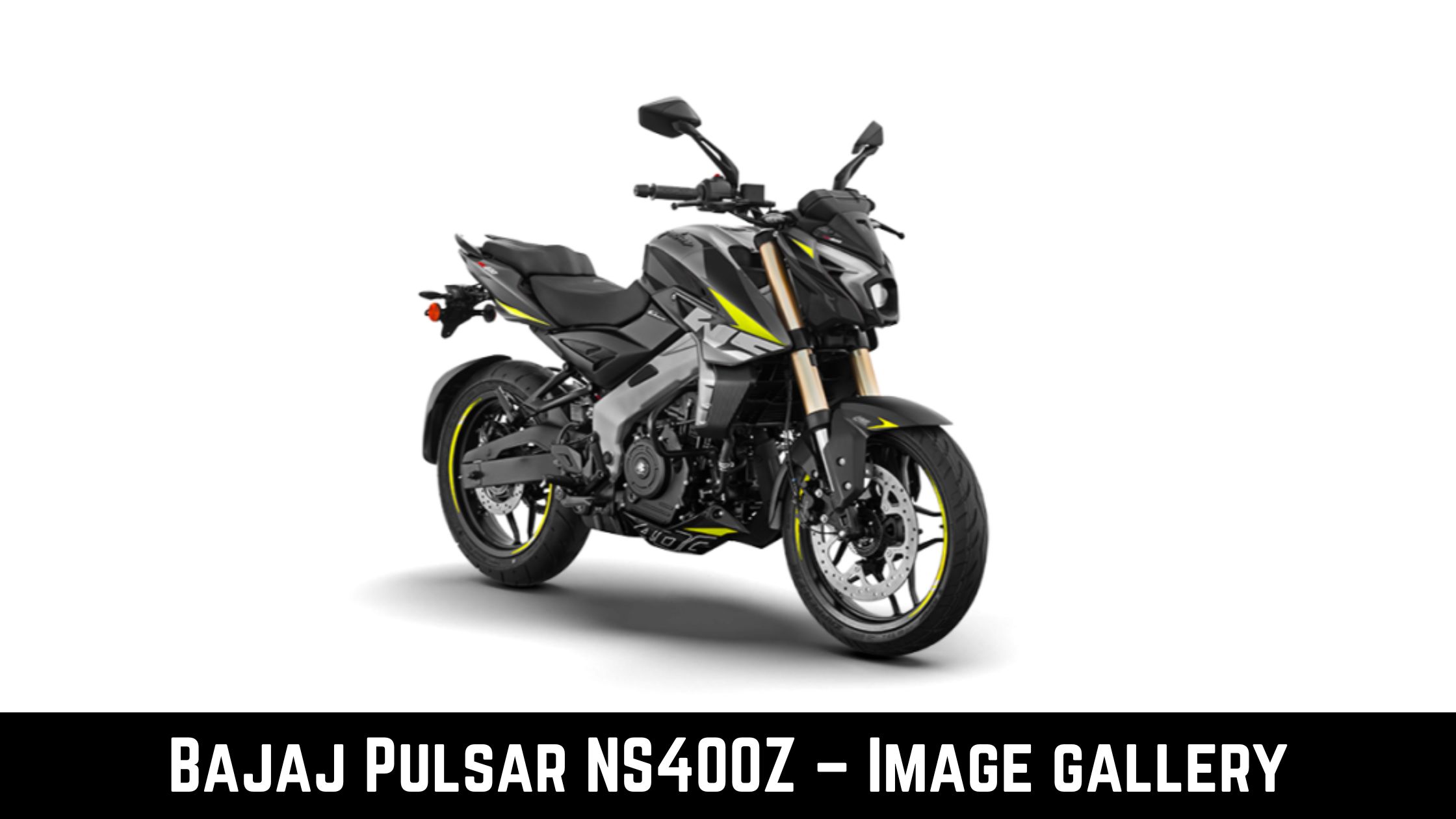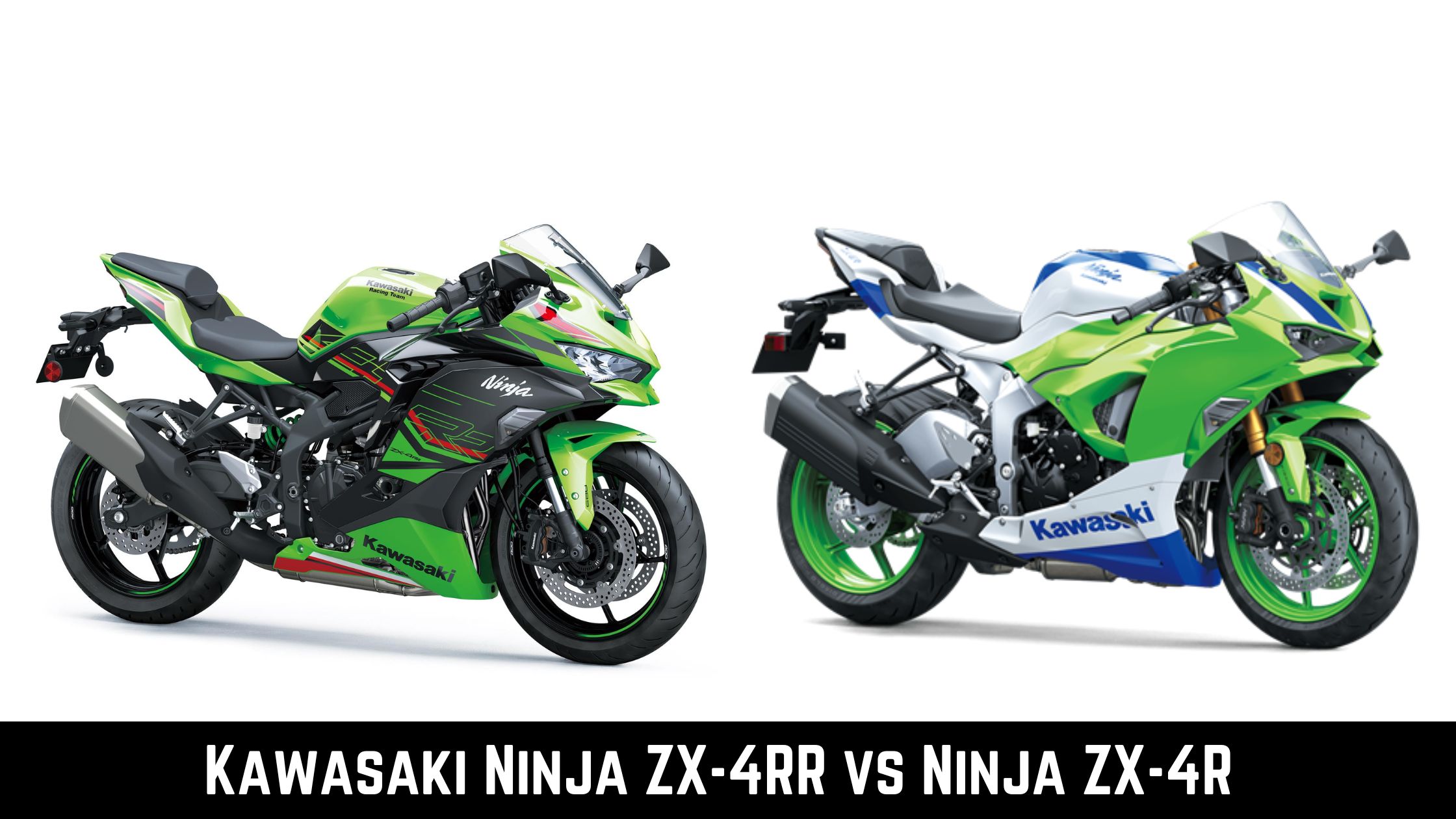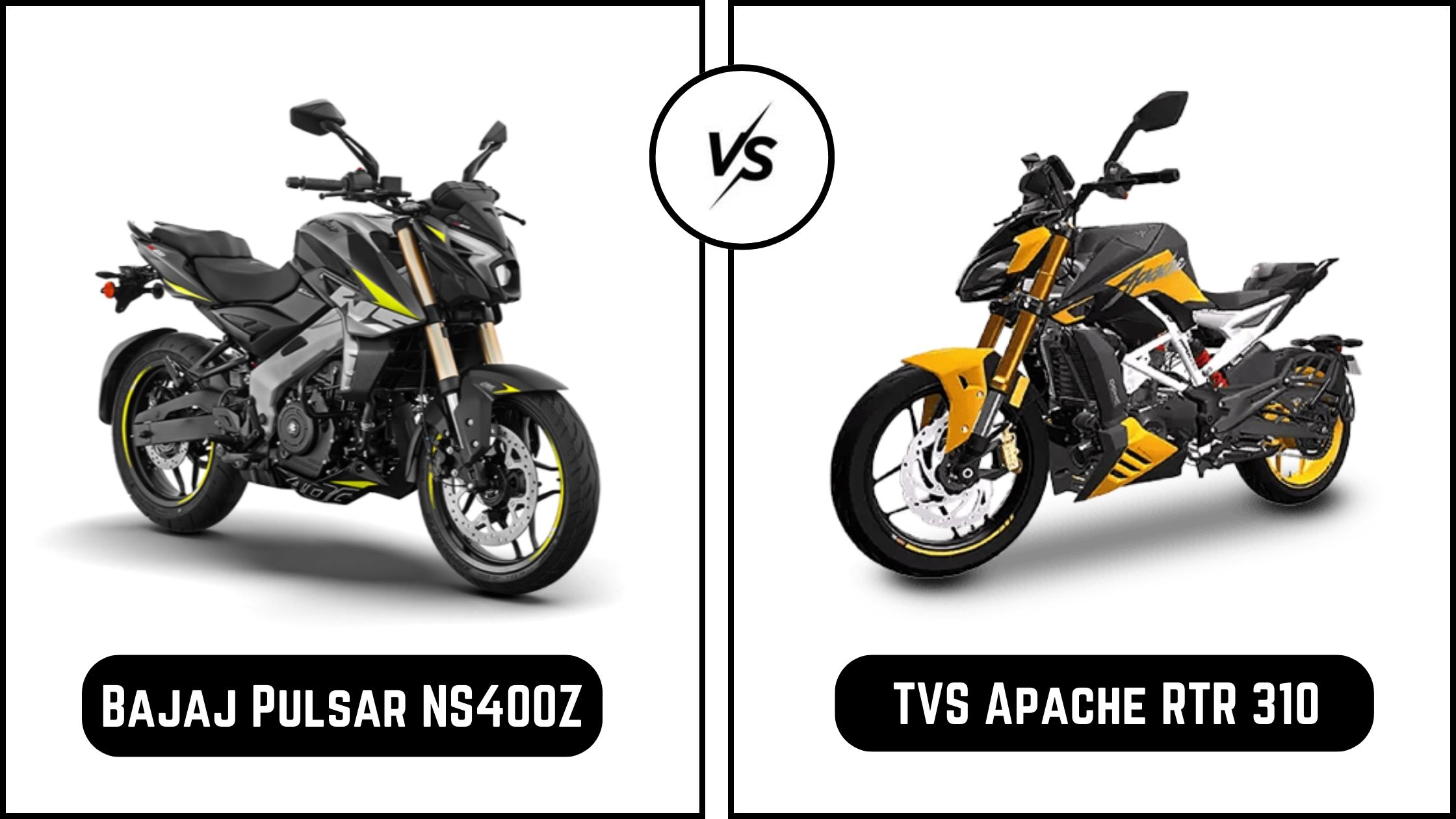
If you’re new to motorcycles, you might have questions about how to stop your bike safely. You can apply brakes, park the car, and then, with the clutch engaged, shift from fifth gear to first. So how do you stop a motorcycle?
On a motorcycle, you must adhere to these eight procedures to come to a scheduled stop.
How To Stop A Motorcycle
Step 1: Look In Your Rearview Mirror
It’s simple to overlook this, yet riding a motorcycle requires constant awareness of your surroundings. This is especially relevant if you intend to stop or slow down. Drivers frequently fail to pay attention, making it simple to miss someone on a bike.
Step 2: Turn The Throttle Back
Roll the throttle off with your right wrist as you approach the red light, and don’t touch the clutch. The bike will slow down as soon as the engine brakes are applied. You won’t need brakes if there is no traffic around you and the stop line is far away. You might be able to slow down long enough to stop in time for the green light and exit in a lower gear.
- TIP: It’s wise to apply the brakes if traffic is behind you so that the stop light will illuminate and alert them that you are slowing down.
But suppose there are vehicles around, and you need to stop more abruptly. Perhaps the light turned red as you approached, in which case you should have been a little more enthusiastic about slowing down.
Step 3: Turn The Front And Rear Brakes On
Apply brakes evenly on the front and rear wheels after closing the throttle. Still fully extended is the clutch lever. Some riders have told me they were taught to engage the clutch first in class. Others advised braking before clutching.
We first leave the clutch alone to allow the engine to assist in braking the motorcycle. If the clutch is engaged first, you effectively have a heavy object with a freewheeling motion that must be stopped only by the brakes. In Step 2 above, you would have noticed how much the engine helps with braking power.
Step 4: Downshift One Gear While Applying The Clutch
For novice riders, this is when things become complicated. Your bike’s engine speed (rpm) will decrease as you go slower. You may need to pull on the clutch or downshift to prevent the bike from jerking or stalling when you slow down while moving in fifth gear. Some riders just engage the clutch while concentrating on their brakes, negating the advantages of engine braking.
You must change to a lower gear as your engine’s RPM decreases. Continue to apply both brakes evenly and smoothly while fully engaging the clutch. Place your left foot on the gear selector to select a lower gear. The bike may jolt if you suddenly release the clutch since the engine speed is less than the wheel speed. This is because the engine RPM decreases even more as the clutch is engaged.
Step 5: Match The Throttle To The Engine and Wheel Speed
You must match the engine speed to the rear wheel speed to stop this jerking when downshifting. You might need to practice a bit before you can do this without thinking about it. Use your thumb, ring finger, and pinky to provide a modest throttle as you downshift while the clutch is drawn in. To connect the drive system, release the clutch now.
Step 6: To Apply Engine Brakes In Between Downshifts, Gradually Release The Clutch
It will take some experience to do this perfectly. However, the goal is to downshift smoothly without the bike jerking or to accelerate too quickly with too much or too little throttle. The clutch can be released slowly at first without concern for rev-matching.
Try to shift smoothly to avoid letting the engine speed fall too far while the clutch is engaged. It will significantly reduce the speed differential between the engine and the rear wheel in this manner. Due to the assistance of the engine, using this technique will cause your bike to slow down far more quickly and with much less braking energy.
Step 7: Once You Are Almost Stopped, Downshift Through All Of The Gears
You will continue the downshifts until you are almost at a complete stop, depending on your travelling pace and how quickly you must stop. With the other gears closer together, many motorcycles feature a tall first gear. It’s possible that you quickly shift through all the gears to a second due to initially reducing speed.
It can take an eternity. From 6th to 2nd, you may shift, let go of the clutch, and do it again in two to three seconds. You shouldn’t hold the clutch and change through three to four gears at once. This is because you risk losing track of how many gears you’ve selected and shifting to the wrong one. Releasing the clutch when the bike moves too quickly in meagre gear could cause instability or lock the rear tire. This could cause the bike to skid.
Step 8: Completely Depress The Clutch And Shift Into First Gear
Just before you come to a stop, try to shift into second gear. If you select first while moving, some motorcycles might jolt. Pull the clutch in, shift into first gear, and hold the clutch in as you prepare to stop.
Loosen your hold on the front brake when approaching a complete stop to prevent the steering wheel from losing traction and sliding forward. But don’t be scared of the front brake. After some time, you will begin to understand it.
CONCLUSION
All that’s left to do is practice. Do not overthink it. When you practice, read the eight steps and follow them. If something needs to be corrected, go back and read that step.



